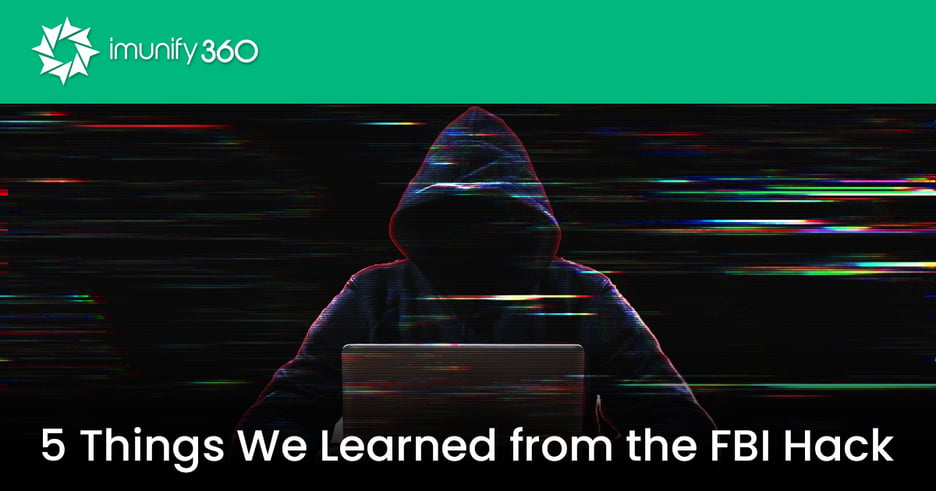5 Things We Learned from the FBI Hack

In December 2022, hackers broke into the FBI’s 80,000-member Infragard database posing as the CEO of a financial institution. InfraGard is an outreach program that keeps public officials and private sector actors informed of national security and cybersecurity threats that could impact critical US infrastructure.
Once inside the database, the hacker communicated directly with members in an attempt to gain personal information. Although the FBI hasn’t offered specifics on how the hacker was able to manipulate the system, we do know they had some key pieces of personal information for the person they were impersonating.
Some key things to remember about preventing attacks – whether you’re a high-profile government agency, a hosting provider, or an individual user.
1 – Change your passwords regularly. One of the most important measures you can implement into your regularly scheduled security check-in. Changing up old passwords and utilizing strong passwords across all platforms is a necessity. Create unique passwords for each account instead of using the same password for all accounts.
2 – Don't click unfamiliar hyperlinks. If a link looks unfamiliar and is attached to a document or email that is out of the ordinary, don’t click on it. It might sound obvious, but if the hacker can’t get in, they can’t steal your info. To avoid an accidental hyperlink click, hover over it with your mouse, and check for “https,” indicating that encryption is enabled for user info.
3 – Implement multi-factor authentication (MFA). If MFA is an option, enable it by trusting a mobile device, authentication app, or a secure token (physical device hooked to a key ring). These ensure that you’re the only person using your accounts whether for personal, business, social, banking etc. This extra step gives your information an added wall of protection.
4 – Be able to identify phishing emails. A phishing email is a fake email designed to create urgency so that the receiver gives the phisher sensitive information through a hyperlink. Look for differences in email sender address: no verification, no click. If the email looks like it’s coming from within your company, reach out to another source to verify that the email is authentic.
5 – Report strange activity. Don’t hesitate to contact to company personnel when you see anything suspicious. Time is of the essence with suspected breaches, so don’t delay if you suspect something. If you’re a manager or hosting provider, create your own internal response procedures and preventative strategies.
Interested in a free 14-day trial of our comprehensive Linux server security suite? Click here to sign up.



 6 Layers of Protection
6 Layers of Protection




.png?width=115&height=115&name=pci-dss%20(1).png)
